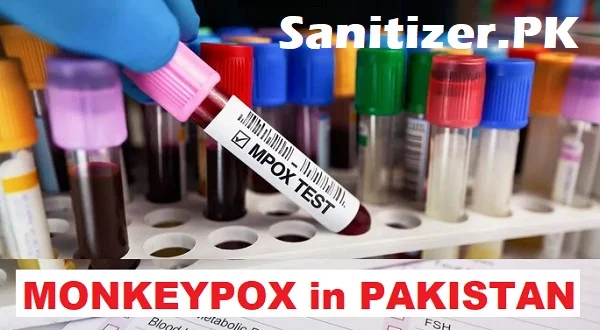Monkeypox, caused by the monkeypox virus, is a rare but concerning disease. While it shares similarities with smallpox, it’s generally less severe. Symptoms include fever, headache, muscle aches, and a rash. Though primarily spread through close contact, vaccines and treatments help manage its spread and severity.
Monkeypox is a disease that has gained attention in recent years, especially after outbreaks in countries where it’s not usually seen. It’s caused by the monkeypox virus, which is similar to the virus that causes smallpox, but generally less severe.
For most people, monkeypox isn’t life-threatening, but it can still make you pretty sick. The symptoms usually start with a fever, headache, muscle aches, and swollen lymph nodes. After a few days, a rash develops, which turns into pus-filled blisters. These blisters eventually scab over and fall off. The illness usually lasts between 2 to 4 weeks, and most people recover without needing serious medical treatment.
However, monkeypox can be more severe for certain groups of people. Children, pregnant women, and individuals with weakened immune systems are at higher risk of developing complications. In some cases, the infection can lead to serious issues like pneumonia, sepsis (a life-threatening infection), or even eye infections that can result in vision loss.
The good news is that monkeypox doesn’t spread as easily as COVID-19. It’s mostly transmitted through close contact with an infected person or animal, or through contaminated materials like bedding. While the disease is concerning, especially in places where it’s rare, it’s not as severe or widespread as some other infectious diseases. Vaccines and treatments are available, which help reduce the severity and spread of the illness.

